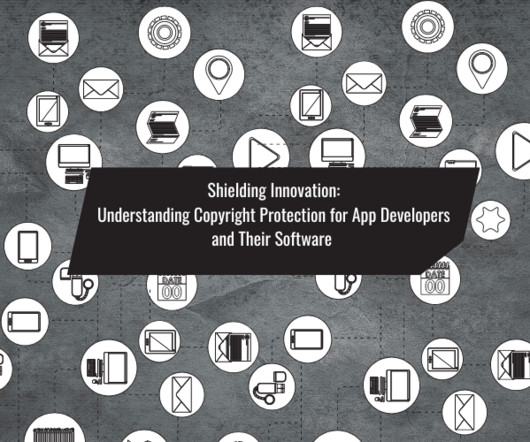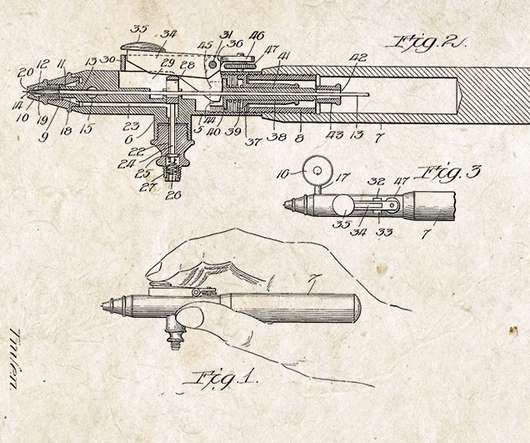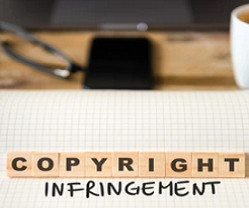Shielding Innovation: Understanding Copyright Protection for App Developers and Their Software
Intepat
JUNE 15, 2023
Introduction With the rise of the mobile application industry, India emerges as a highly profitable market, witnessing over twenty-eight billion downloads in 2022, accounting for 5% of the total global downloads. In the context of the Copyright Act, computer software is categorized as a ‘literary work’.













Let's personalize your content